| I first met artist James Pimperton in 2011, during his first solo exhibition of his work in London at George and Jørgen. I was fascinated by the hyper-real non-spaces depicted in his paintings. His fictitious landscapes were recognisable yet entirely obscure, possessing traditional painterly skill in a futuristic way; quite unlike anything I’d seen before. Their dream-like qualities inspired me to select him to exhibit in a small exhibition around the theme of Utopia at a local-run gallery in Kentish Town. Back then he was living in Leicester, but three years on he’s a Londoner. I met up with James at the Chelsea College of Arts Summer Show, as his Fine Art MA came to a close. |
"So long as people maintain the will to picture the world around them, painting will never be dead."
I studied my Art Foundation at Loughborough University, during the penultimate year of the Frederick Street Campus. After this I studied for my BA (Hons) Fine Art at the University College Falmouth, graduating in 2007. Post-graduation I spent 7 years as a practising artist, and began teaching in 2010 at Manchester Met as well as visiting lecturer stints at Loughborough University. Moving to London has been on my periphery for years, I’ve worked hard to build a craft, and really use my skill-based-knowledge before moving to the capital. Now in my third year here, the London pace has undoubtedly led to quick advancements in my work.
How has your practise developed over the past three years?
My previous work was very representational, very nostalgic. I was primarily concerned with images of the past masters, how I could evolve them and bring them into the present, make them more forward-looking. My MA confirmed the need for me to leave behind the backward-looking sense of nostalgia that painting has, and instead think about what it can do in the present. I’m starting to move away from flat, still objects and to work with layers, fusing viewpoints and thinking more about the spatial relationship between the image and the viewer’s body in space.
What made you choose Chelsea for your MA?
I decided to undertake the 1 year MA course at Chelsea because I wanted to completely devote myself to the course; the intensity and 5-day-a-week schedule appealed. My practice is generally quite slow-paced but the pace of the course challenged me to speed up my work and gave me the affirmation that it’s possible to work faster. The MA show was the result of 2-3 months worth of work, whereas normally 12 months of preparation would go into a show.
How would you describe your work and what do you aim to achieve?
I suppose this is the question that keeps painters painting, or an artist making art. To me, painting is an attempt to visually articulate how I feel about existing as a painter in the modern world. It’s a search, in image form, to say something…anything relevant, about living in the image-based present. It’s simplistic yet all-encompassing. Making art is human intent, we only need to look at Cave Paintings to see just how innate it is in our being. For me, painting is the medium best positioned to problemetise the condition of picture making. It makes me laugh when people declare painting dead. So long as people maintain the will to picture the world around them it will never be dead.
Do you consider yourself a conceptual artist or more of a formalist, a technician of paint?
The two are completely intertwined, totally inextricable. I conceptualise within every 15 minutes when I’m painting.
Which artists have influenced your work?
Contemporary artists include Dexter Dalwood, Jutta Koether, William Daniels, as well as old masters such as Rembrandt, Van der Weyden and Titian. Essentially works which are self-questioning and antagonistic, throughout the history of painting.
Do you think that teaching has helped with your practice?
Absolutely - it’s a two way thing. Overtime I speak to students I find myself redefining my view point just by talking it through. Speaking in the moment clarifies your position; you have to react quickly and state your opinion.
Do you feel that your MA show has been successful?
Definitely. There are pockets of brilliance throughout the entire show. Personally I think our 11-part section of the show (which was situated in the right wing of D Block) was really well curated. Painting can’t function autonomously and our area summed that up thoroughly; constellations of antagonistic relations existed throughout the multi-media space. Humanity never operates on an individual basis and our show demonstrates this interrelation; we were not 11 individuals in separate booths.
Can you tell me a little bit about the artist you shared your exhibition space with?
Andrew Rickett is a sculptor, in contrast to my work he is concerned with spatial 3D forms. Our works really compliment each other - his is the physical 3D ‘stuff’ to my painterly replication of 3D spaces. The space was curated with a horizon, extending across the given walls, and this horizontal line pulled the works together and enhanced the space. I saw it like musical notation - my work was like the stave, the beat consistently existing, and Andrew’s work was the harmony, moving lyrically across the page, or rather wall!
How do you think Chelsea’s Summer Show compares to other University Shows?
There’s a real playfulness to the show here, an obvious experimental approach. Other art schools offer longer courses so their shows are generally more progressed, more defined. Ours was very raw, showcasing a genesis of ideas rather than fruition of ideas. I think there was something really refreshing about this.
What’s next for you?
I’ll be continuing to teach, and also develop the dialogue I’ve established during my MA, with Andrew, Rachael Nee and Gerard Carson. Starting on September 25 I’ll be collectively exhibiting at Deptford X with Andrew, Gerard and Dávid Icko Kovács, in a former cell of an old police station in New Cross.
Author: Sarah Moor
The group show, Padsjgams, investigates the concept of ‘Thingness’ within the contemporary object and previews at Deptford X on September 25 6-9pm

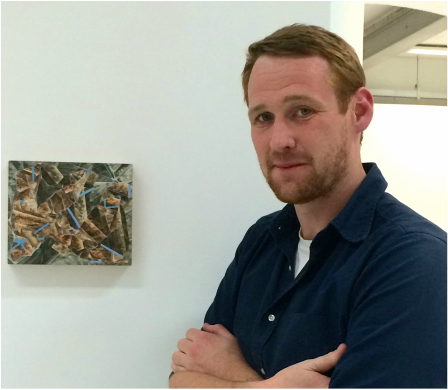





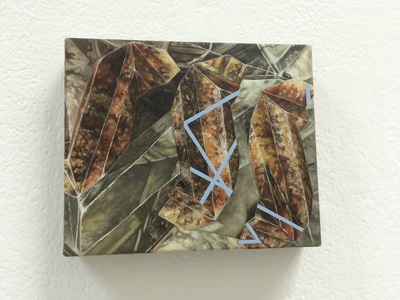


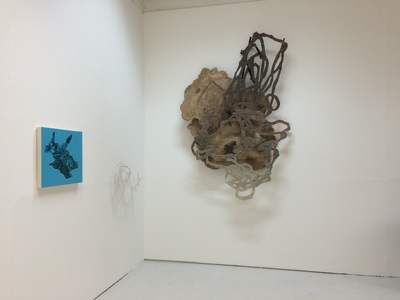

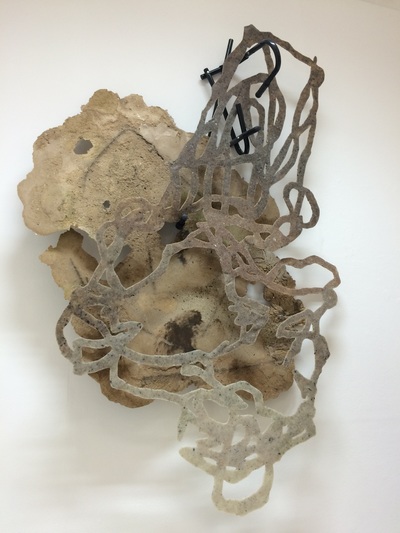
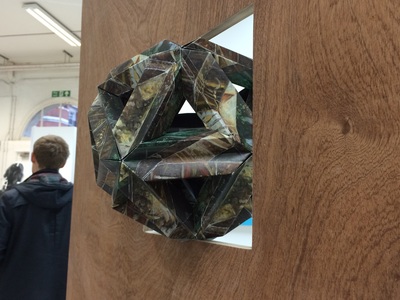
 RSS Feed
RSS Feed
